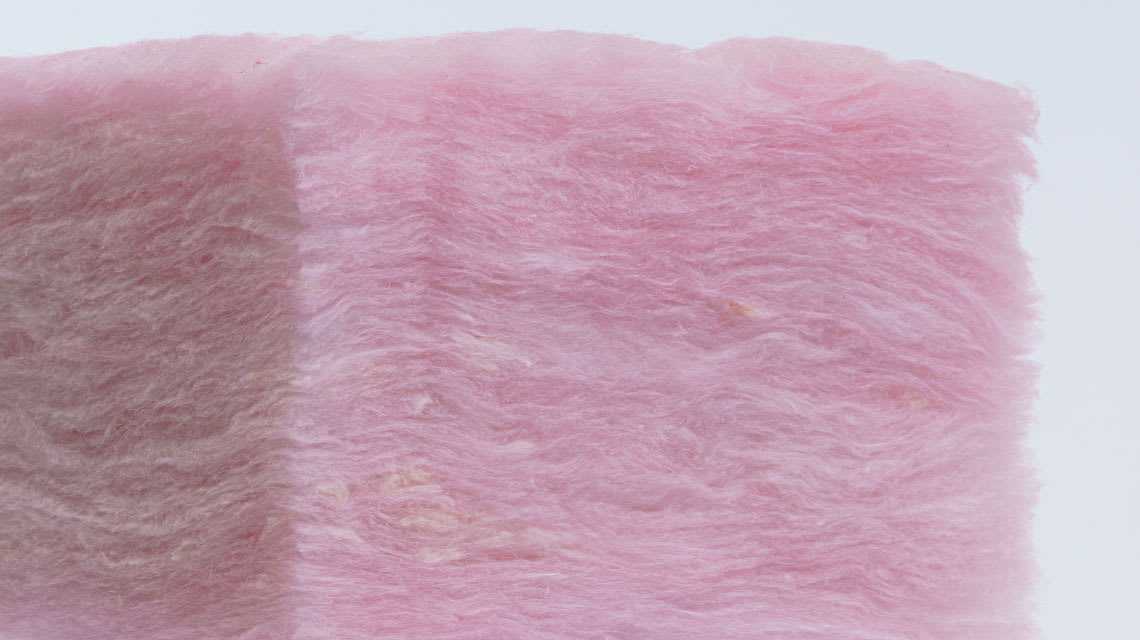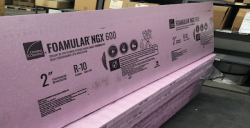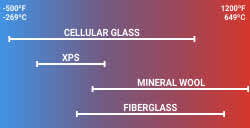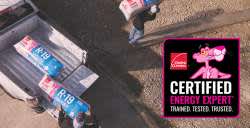
Benefits of Floor Insulation
As a responsible homeowner, you wouldn't think twice about insulating the attic and walls of your home. After all, adequate insulation makes your home more energy-efficient and, in the case of the attic, can help prevent ice dams from forming on your roof. But what about the floor? Is it worth insulating a floor?
Insulating floors provides a range of benefits to homeowners, from acoustic control to a more comfortable living environment. Insulation in the floors helps prevent burst pipes, which can occur when frigid winter temperatures cause water lines to freeze.
Types of Floor Insulation
When it comes to floor insulation applications, there are two main subheadings — under floor and above floor.
Under Floor Insulation
As the name implies, under floor insulation is placed directly underneath the surface of the floor.
This application is typically used when a floor exists over an unheated or unconditioned space. It may be a crawl space, basement or garage.
The critical factor in this type of floor insulation is placement. You don't want the insulation to fall away from the floor, leaving a gap, and unfortunately, gravity is against you.
Owens Corning helps solve this problem with its friction-fit fiberglass batts designed to install snugly between floor joists. The extra stiffness helps prevent slumping and gaps in your floor joist insulation. Depending on your application, you can install this in two ways.
- Friction fit the insulation and cover with the ceiling boards for the room below.
- Friction fit the insulation and secure with wire ties.
Remember, to avoid a fire hazard, you can't leave facing unexposed, so if you are not installing a ceiling, use the unfaced product.
Pro tip: Always leave insulation at its full thickness, taking care not to compress it.
HELPING OUR CUSTOMERS SAVE MONEYINFLATION REDUCTION ACT
Learn more about the insulation tax credits included in the Inflation Reduction Act.
Above Floor Insulation
Most instances of above floor insulation occur in a basement. Adding insulation to your basement floor can greatly add to the comfort of the finished room.
If you've ever walked on a concrete basement floor in your bare feet, you know it can be quite cool, even in the summer. Concrete has a thermal conductivity roughly 20 times greater than fiberglass. This means it conducts heat loss more easily. The cold from the surrounding foundation material, whether its clay, soil or rock, makes its way through your concrete floor and radiates into the air around it.
Although this might feel nice on a hot summer's day, it's not a recipe for energy efficiency and will likely make your finished basement feel like a damp cave rather than a snug den.
One solution is to add insulation atop the concrete and then install a subfloor. Since concrete is porous, you must install a vapor barrier to prevent moisture from damaging the new flooring. The typical order of operation is:
- Vapor barrier
- XPS foam board insulation product
- Subfloor, typically plywood or OSB
- Finished floor — wood, vinyl, or laminate. It's best to avoid carpet in the basement; throws rugs are a better choice to add softness.
Owens Corning® FOAMULAR® XPS is suitable for a variety of applications and a perfect solution for concrete basement floors. Its closed-cell structure helps stave off moisture penetration, and laboratory tests show that the product can retain its R-value in spite of wet foundation conditions.
Pro Tip: The height of your ceilings must meet building codes, so you may be limited in the amount of material you can add atop your original concrete floor.
Floor Insulation R-Value
All insulating products are assigned an R-value that corresponds to the product's ability to withstand heat transfer — either leaving or entering your home. Higher R-values mean greater heat flow resistance. Several factors help determine R-value, including:
- Density
- Thickness
- Product type
You may wonder what R-value is best for floor insulation. The Department of Energy provides a list of recommended R-values for each area of the home. Depending on the zone in which you live, your floor insulation R-value could be as low as 13 or as high as 30. Local building codes will also prescribe required R-values, so make sure to check this out as well.
Best Floor Insulation Products
Some types of insulation are better suited to flooring insulation applications than others. This handy chart offers details on some of Owens Corning's floor insulation products, all of which are designed for ease of installation.
| Insulation Product | R-values | Details |
|---|---|---|
| Owens Corning PINK Fiberglas® Insulation | 11-49 | • Available unfaced, faced Kraft paper or faced foil vapor retarder |
| XPS FOAMULAR® | 5-5.6 | • Moisture resistance |
| Thermafiber® Fire & Sound Guard™ | 3.7-4.2 per inch of thickness | • Fire resistant |
Whole House Insulation
While floor insulation is important, it's only one component of an energy-efficient home. The U.S. Department of Energy defines a thermal envelope as "everything about the house that serves to shield the living space from the outdoors." If you want your home to be as comfortable as possible, you need to have adequate insulation throughout, from the roof to the basement.
Areas of concern include the:
- Attic
- Walls
- Air ducts
- Basement
Your favorite retail stores carry a range of Owens Corning insulation products — all specially designed to help make your home more energy-efficient. Additionally, many local contractors are well-versed in your region's insulation requirements, from roofing to HVAC. Owens Corning's Independent Roofing Contractor Network makes it easy to find an experienced, vetted roofing contractor to evaluate your attic's insulation requirements.



